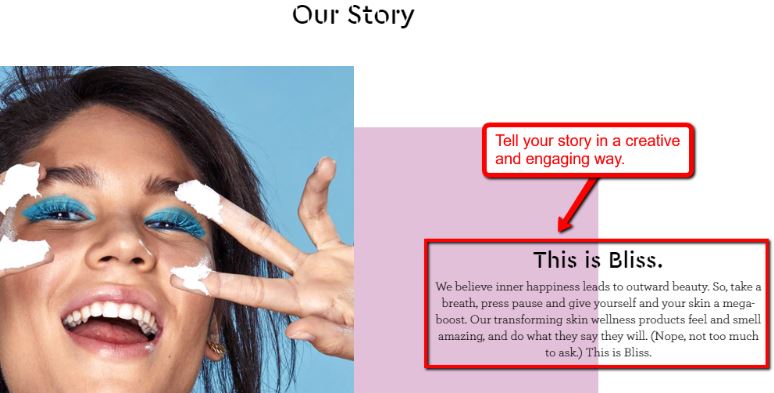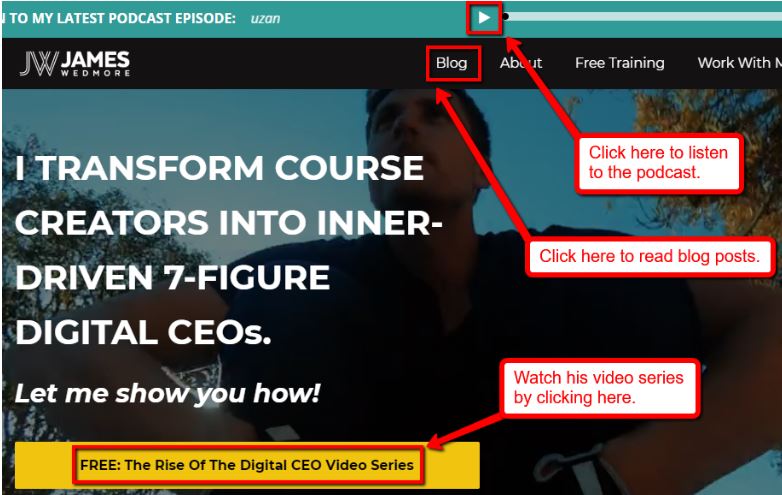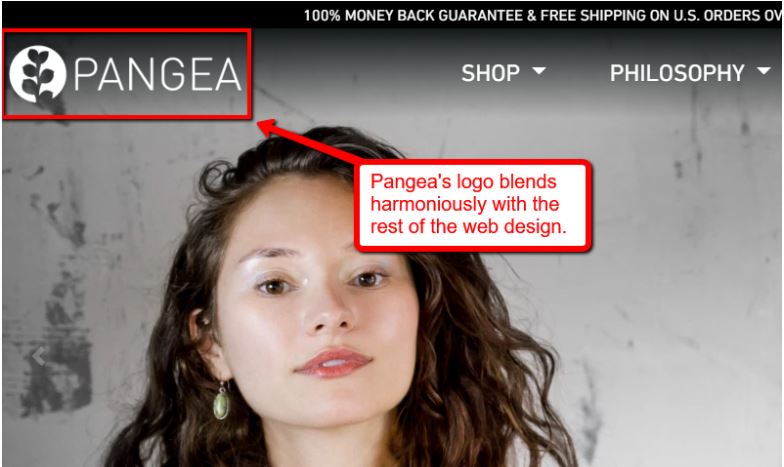
Website branding is so much more than a jazzy and sparkly design.
Your website must mirror how you want your audience to perceive your brand.
Branding is vital for businesses and blogs like yours. If you brand your website accurately, you boost your company or blog value.
When that happens, you steadily attract more like-minded followers. You can also distinguish yourself from your competitors and increase your conversions, sales, and traffic, among others.
There are several ways to build a rock-solid and top-notch website branding, but allow me to share with you six essential principles.
Let’s begin.
1. Put together an A-team
There are a lot of complexities that come with establishing a brand. You’d have to pay close attention to your content, messaging, choice of colors, images, etc.
You’d also need to look into the governance of how everything is executed. After all, you might be able to come up with a solid messaging and strategy, but if what you’ve conceptualized isn’t implemented properly, all of your great ideas will go to waste.
That is why you need an A-team to help you.
With a team that knows the nuts and bolts of how branding works, it’d be easier for you to put everything together.
Their level of competence and understanding of branding will also help you uncover areas of opportunities to improve the brand image you’ve thought about.
The best part is, there are online tools that you can use to monitor and boost your A-team’s productivity and improve how you collaborate with them overall.
One such tool is Track.ly.
The platform has time-tracking features, online timesheets, employee monitoring, and project budgeting features, etc. that you can use to form a cohesive A-team.
Let’s say you’d like to monitor the billable and non-billable hours of your employees. You can just pull up the report from Track.ly and view the hours each of your employees spent working.
 With tools like Track.ly, you’d be able to direct your team efficiently towards establishing your brand.
With tools like Track.ly, you’d be able to direct your team efficiently towards establishing your brand.
2. Identify your goals
What’s the one action that you’d like your audience to do while on your website? Is it to consume your content or buy your merchandise?
How do you define your conversions? Is it a sign-up for product demos, account creation, content sharing, email subscription for your newsletter, or app installation?
Identifying your goals is vital. It helps you determine how you design and project your branding on your website.
You must be crystal clear about your offers and the value your audience will get.
Set your eyes on one main goal, and direct your visitors and followers toward one action you want them to do.
You need to align your branding with your goals — and be consistent.
Too many offers and options for your audience, and you might confuse them and cause them to be indecisive.
3. Use a simple design
Your website should have all the essentials and nothing more. You should design your website in accordance with your goals.
If you overkill your website with irrelevant embellishment and content, you can overwhelm and turn off your visitors.
Your audience prefers to see your website clean, clear, and organized.
They want a design that helps them understand your brand, digest the information, and navigate your website painlessly.
Keep in mind that your UX/UI design impacts your SEO, conversions, branding, and marketing campaigns.
Take a look at A Cup of Jo:

A Cup of Jo keeps a minimalist and neat design. Its menus are on top so you can see them immediately. Its labels are clear and easy to understand.
With simple web design, you can focus on the most critical elements (conversion drivers) and point your audience’s eyes to them.
Also, avoid uploading inapplicable animations, videos, and plug-ins that only slow down your website.
A slow-loading site, besides an overwhelming and disorganized one, repels your audience, causes them to click away, and ruins your branding.
4. Introduce your story and who you are
Your website has more to it than its design and visual attributes.
Your brand certainly has a story and philosophy behind it, and your website should tell your audience about it.
In this modern digital era, your visitors and customers are not interested in your items alone. They also want to discover the one behind the brand, products, and content they enjoy.
The best place to introduce who you are on your website is your About Us page. You can even rename it to Our Story, Our Philosophy, or others.
Here’s a glimpse at how Bliss presented their story:

Like Bliss, present your story creatively and engagingly, as long as it showcases your style.
With your About Us page, you have an opportunity to introduce your identity, elaborate on your brand’s values, and invite your audience to connect with you.
When your audience can relate with you, discover similarities, and appreciate your uniqueness, they’ll find it easy to patronize and be loyal to your brand.
When you also open up and reveal your brand’s story, your audience feels like they can believe and trust you.
Trust is crucial if you want to establish a rock-solid website branding that sells and excellent.
5. Produce relevant and interactive content
Content is one of the best ways to engage your audience and develop your website branding.
You may have a stellar web design, but if you don’t have content, your website is empty and pointless. Your audience won’t fully know your brand and who you are without content.
Produce relevant content that talks about your audience’s needs, interests, and challenges. Share your experiences, teach them valuable lessons, and fill your content with value.
For instance, you can teach them how to become a life coach, show them the world’s best travel spots, guide them in dropshipping and ecommerce, and more.
When you do this, your readers can relate and interact with your content, consume it until the end, and even repost it.
Your content doesn’t even have to be limited to written formats. They can come in visual, audio-visual, and other types.
You can add videos, webinars, infographics, photo galleries, and many other useful and creative content.
James Wedmore, for instance, engages his followers and visitors with various kinds of resources:

Whatever content you produce, be sure to align them with your goals and philosophy, and present them neatly.
6. Harmonize your visual elements
Along with aesthetic and straightforward web design, you should also remember to harmonize all your visual elements.
Overall, your website should look cohesive. The visual elements in your site, as one, should mirror your branding.
It’s worth noting that among those visual elements, you must consider your logo.
You can’t belittle the importance of your logo because it represents your company and identity — and, yes, your brand.
As an example, this is how Pangea Organics displayed its logo on its homepage:

The colors and patterns in your logo, for example, should not clash. Your logo in itself must be cohesive and blend harmoniously with the rest of your site’s visual elements.
If you haven’t come up with an excellent logo design yet (or need to redesign), invest in professional graphic designers to do the work for you.
They know best how to reflect your brand in your logo design.
Once that’s done, display your logo in salient areas, like your header, About Us, contact forms, and footer.
7. Keep your style consistent
What is your brand’s style? What feeling do you want your audience to feel when they visit your website?
Is it something light, hip, and chill? Cheery and creative? Neutral and classic?
Your web design, visual elements, including your logo, and content should echo your branding, tone, and style. They should exude who you are on your website.
What’s more, they should be not only cohesive, but also consistent throughout your site and business or blog activity.
What’s next?
Your brand reflects your identity, and your audience won’t know your brand if you don’t showcase it accurately on your website.
To build a rock-solid and top-notch website branding, make sure your web design, content, and visual elements are cohesive and consistent with your branding and style.
Did you find this post helpful? Please share this with your friends and colleagues. Cheers!
Video – What is a Brand?
This Market Business News video explains what a brand is using simple terms.

